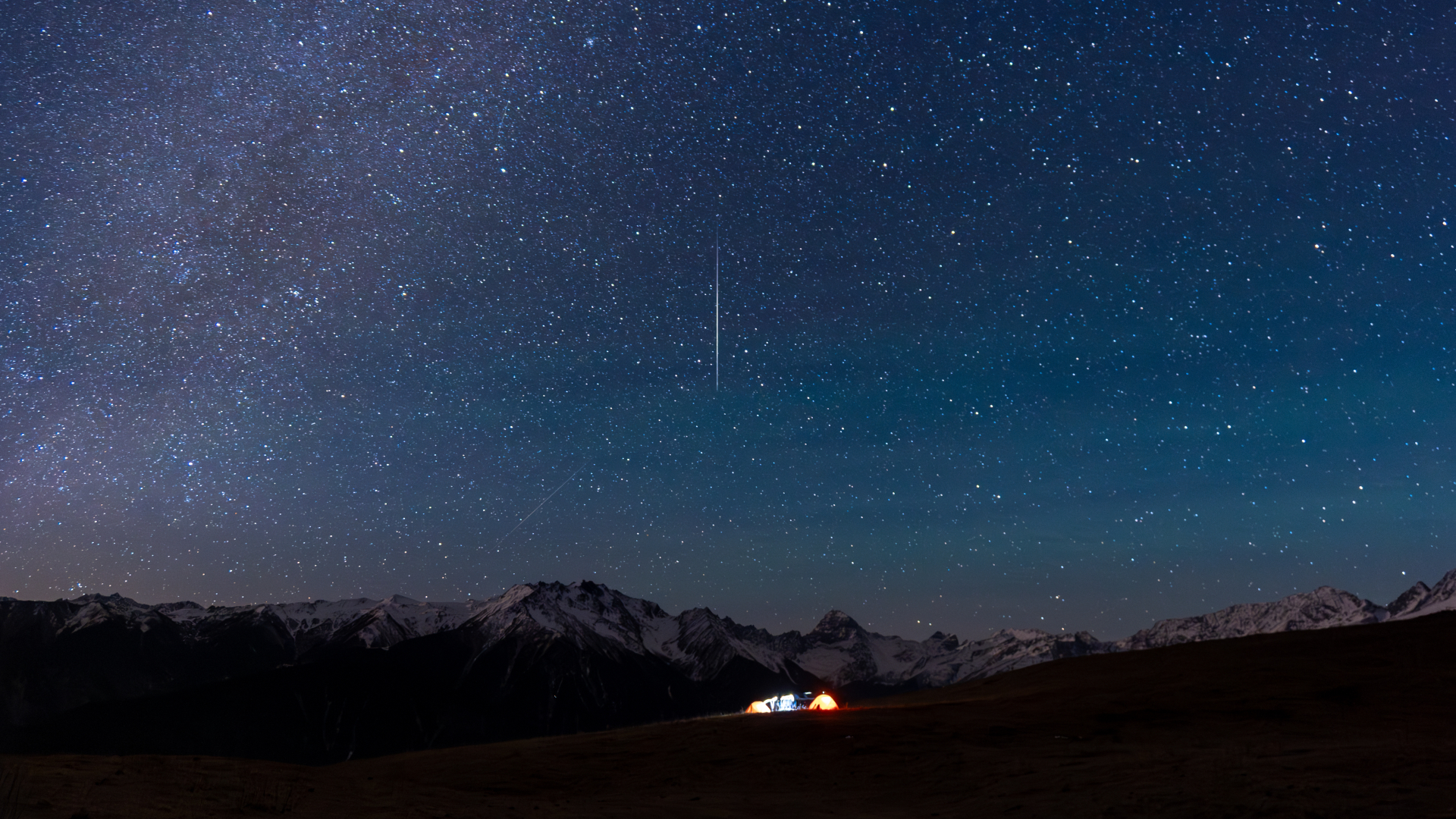Perseverance rover's belly hits the floor on Mars, exposing its rock-sampling heart (videos)
The Perseverance rover's sampling system is one step closer to snagging precious Mars rocks for later analysis.
Perseverance, which landed inside Mars' Jezero Crater on Feb. 18, successfully dropped the "belly pan" covering its sampling system last week.
"Checking things out before I release the 'ejectable belly pan,'" mission team members said on Friday (March 12) via Perseverance's official Twitter account. After the team got confirmation that Percy dropped the belly pan as planned, they posted images and a new tweet Saturday (March 13) showing the cover sitting safely on the Martian surface.
"Up next is to check my sampling system now that its cover panel is off," the tweet from Saturday added.
Related: NASA's Perseverance Mars rover mission in pictures
Join our forums here to discuss the Perseverance rover on Mars. What do you hope finds?
The belly pan is a protective cover that sat over the sampling system. A short Twitter video from NASA's Jet Propulsion Laboratory shows the deployment sequence, which is pretty simple; the pan drops directly off the rover and exposes the sampling system beneath Perseverance.
The car-sized rover will be storing samples in its belly as it explores the Red Planet, looking for any signs of ancient life in its landing area of Jezero Crater and beyond.
Breaking space news, the latest updates on rocket launches, skywatching events and more!
"The belly of the rover houses all the equipment and supplies needed to collect samples. It contains a rotating drill carousel, which is a wheel that contains different kinds of drill bits. Next to that are the 43 sample tubes waiting to be filled," NASA officials wrote in an explainer about the sampling system.
"While the rover's big arm reaches out and drills rock, the rover belly is home to a small robotic arm that works as a 'lab assistant' to the big arm," NASA officials added. "The small arm picks up and moves new sample tubes to the drill and transfers filled sample containers into a space where they are sealed and stored."
The samples will eventually be cached at one or more "depots" on the Martian surface, which will be well-marked using local landmarks (such as rocks) and coordinates from orbit.
A future sample-return campaign will land close to the depot(s), scoop up the samples and launch them up to Mars orbit for return to Earth. That return campaign isn't fully approved or funded yet, but planning is underway by both NASA and the European Space Agency for a possible liftoff later this decade. The samples could make it to Earth as early as 2031, NASA officials have said.
Bringing pristine pieces of the Red Planet to Earth will allow scientists to seek Mars life using advanced, non-portable laboratory instruments, assuming that the mission meets all the requirements for sample protection and for keeping Earth free of contaminants, too.
Follow Elizabeth Howell on Twitter @howellspace. Follow us on Twitter @Spacedotcom and on Facebook.

Elizabeth Howell (she/her), Ph.D., was a staff writer in the spaceflight channel between 2022 and 2024 specializing in Canadian space news. She was contributing writer for Space.com for 10 years from 2012 to 2024. Elizabeth's reporting includes multiple exclusives with the White House, leading world coverage about a lost-and-found space tomato on the International Space Station, witnessing five human spaceflight launches on two continents, flying parabolic, working inside a spacesuit, and participating in a simulated Mars mission. Her latest book, "Why Am I Taller?" (ECW Press, 2022) is co-written with astronaut Dave Williams.

